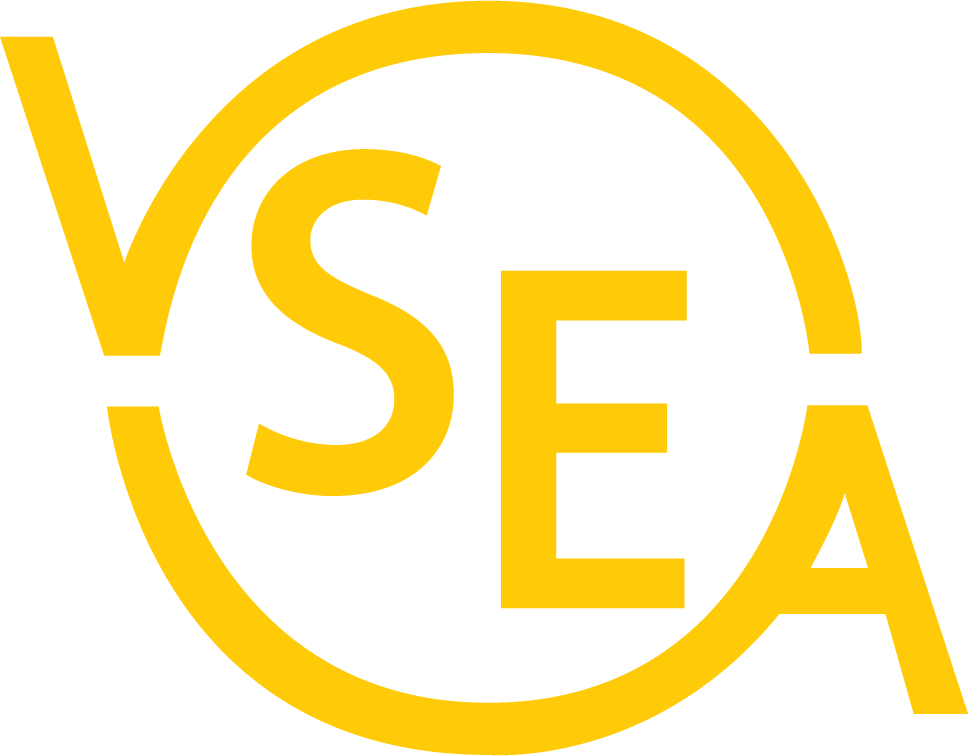- One primary contributor to the financial collapse of the Vermont State Colleges in FY21 is the significant drop in enrollment due to the Coronavirus. Many students are delaying their college education, as they do not feel safe with in-person instruction during a pandemic. This is a problem being faced by institutions of higher education across the country. According to the American Council on Education, 15% of current college students are not committed to continuing their education this fall.
- Another significant factor necessitating bridge funding for the Vermont State Colleges to continue operations is the lack of confidence in many of the Vermont State Colleges due to Chancellor Spaulding’s proposal. The institutions that were slated to be closed under the Chancellor’s proposals are facing the most significant downturn in enrollment. The commitment to provide bridge funding for these institutions did little to assuage the concerns of current and potential students, who want assurances that the college they will be attending will be open from enrollment through their graduation.
- The lack of state support is the final factor necessitating bridge funding. Vermont ranks 48th in state support per FTE student attending public higher education. The lack of state support means that the colleges are more heavily reliant on tuition relative to other public colleges, thus any decline in enrollment is felt more sharply by Vermont’s state colleges.
How Much Bridge Funding Is Necessary?
- If the Vermont State Colleges were only coping with a decline in enrollment related to the pandemic, both Treasurer Pearce and James Page (Consultant for the VSC) would recommend a minimum bridge fund of $19.3 million. This bridge fund would compensate for “best case scenario” declines in enrollment, ranging from 3% at Castleton, to 10% at VTC and 14.3% at NVU. Unfortunately, the lack of confidence in the continued operations of the Vermont State Colleges means that enrollment will likely be worse than these “best case scenario” assumptions and more bridge funding will be required.
- The “Worst Case Scenario” envisioned in the bridge funding reports seems the most likely scenario, due to the lack of confidence in the Vermont State Colleges compounded with pandemic-related declines in enrollment. The “Worst Case Scenario” assumes a 25% decrease in enrollment at Castleton and VTC and a 29.9% decline at NVU. To compensate for this drastic reduction in enrollment, Treasurer Pearce says that a bridge fund of $36 million will be necessary to keep the colleges operating for an additional year.
- VSC consultant Jim Page recommends a $30 million bridge fund for the worst case scenario, although he notes that this will require an additional $6 million to be cut from the various colleges’ budgets. The institutions of the Vermont State Colleges have already been cut to the bone due to declining enrollment and the lack of state funding. Any additional cuts will further undermine the Vermont State Colleges’ ability to attract and retain students and keep them safe during a pandemic.
- Treasurer Pearce and VSC consultant Jim Page also note that an additional $10.3 million of CRF (Coronavirus Relief Funds) will be necessary if the Vermont State Colleges are forced to suspend in-person learning due to the COVID-19 pandemic.
Questions About This Page?
Please email vsea@vsea.org.

